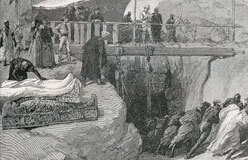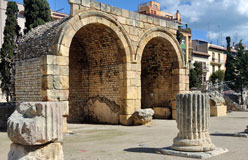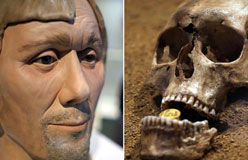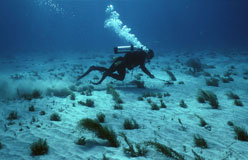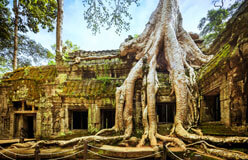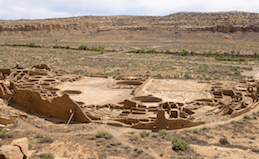Earth is a huge place. Artifacts can be almost anywhere—on the ocean floor, inside caves, buried underground.
How do archaeologists know where to look? Sometimes they get lucky. A worker may be digging a new basement, and a 2,000-year-old bowl appears! But as a rule, such finds aren’t just stumbled upon. Instead, archaeologists must use science and history to pinpoint promising sites.
Historical records, such as maps of battlefields, help to narrow the search. Looking under modern cities or towns is another good bet. Many were built on the remains of older cities. Checking out areas near rivers and other water sources is another smart way to go. Humans can’t live without water.
Using planes, radar, and a trained eye, archaeologists also look for strange terrain. Suppose a rain forest is flat. But the jungle cover might hide a weird mound. Other strange mounds may rise nearby. The ruins of a temple or other human-made structure may lie inside such mounds. Any hills or holes that can’t be explained by nature may house buildings or even entire cities!
